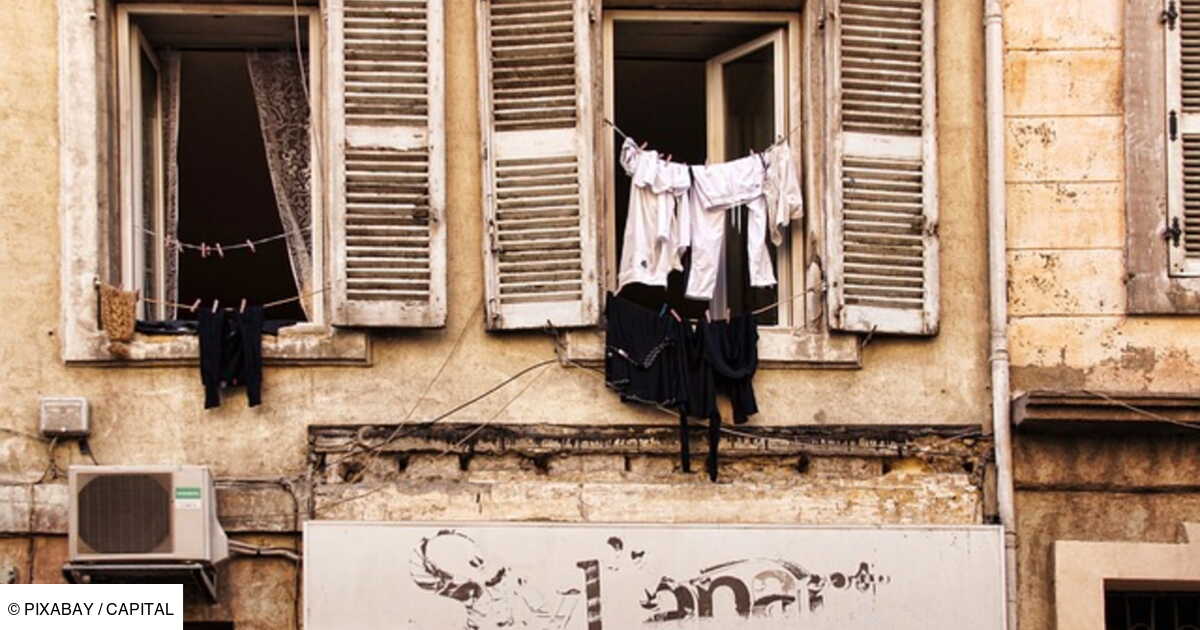
We return to “walking” on the rooftops of Rome. As promised, on the eve of the start of the Holy Year, the Borgo pass reopens: just over 700 meters which, from Castel Sant’Angelo, lead straight to the Vatican city, with obligatory descent, however, onto Porta Angelica , also completely restored with Jubilee funds. An evocative spectacle, between the ancient buildings of Borgo Pio and the more “modern” ones built on via della Conciliazione in place of the “spina di Borgo” demolished starting from 1936 to make room for the splendor of the avenue designed by the architects Marcello Piacentini and Attilio Spaccarelli .
And while Piazza Pia is also inaugurated below, complete with interventions by the Government, Region and Mayor, from above you can enjoy this “escape route par excellence”, a “secret and fascinating” road that takes you back to times gone by. Built in 1277 by Nicholas III in a section of the Vatican Walls, exploiting remains from the time of the siege of Totila (546) and the Civitas Leonina (848-852), it was used in 1494 by Pope Alexander VI to take refuge in the Castle during the invasion of Rome by the militias of Charles VIII of France.
But the most famous episode is the one involving Pope Clement VII in 1527. With a black cloak on so as not to be an easy target, with a white dress, of the throwing of darts, the Pontiff managed to take refuge in Castel Sant’Angelo during the sack of Rome by Charles V’s landsknechts. After six months of siege he succeeded to flee towards Orvieto. «The fortifications that transformed it into a fortress had worked – and will continue to work afterwards – very well», explains the general director of the Museums, Massimo Osanna. «Among other things», he adds, «thanks to this new opening, you can also appreciate the genius of the sixteenth-century defensive works such as the bastion of San Marco».
Leo IV, Niccolò III Orsini, in addition to the Popes already mentioned, continued to consider the Passetto strategic up until the Napoleonic era and invested in it to strengthen it. Today, after six months of work and restoration, and «thanks to great team work that united the Museums, Superintendence and Municipality of Rome», Osanna said again, «we have the restitution of a historical place that tells of very important pieces of the city of Rome”. The new works carried out both with funds from the Jubilee and the Pnrr, as well as with the special ones of the regional directorate, now the regional secretariat, include, explained the Special Superintendent of Archaeology, Fine Arts and Landscape of Rome, Daniela Porro, «also the safety of the passage and a new lighting system”. Two lifts that disappear under a trapdoor make the “route accessible to everyone, even to people with walking difficulties and unaccompanied people”. Visits are also scheduled at night, in groups of 25 people and by reservation, for three days a week.
A team effort, which made it possible to close the various construction sites at strategic points in line with the timetable announced by Mayor Roberto Gualtieri, which Prime Minister Giorgia Meloni renamed the “Jubilee model”. Speaking at the inauguration of Piazza Pia, almost simultaneously with the Passetto, the Prime Minister reiterated that all this «demonstrates that things can be done well and quickly. The public administration can amaze and knows how to do so when it is motivated by great objectives such as the Jubilee, a historic event. I think you have to do it even with small daily goals.”
For his part, the Secretary of State Pietro Parolin underlined, for the works in Piazza Pia, that «for the Holy See it is a significant moment and for me a moment of gratitude for such an impressive and important work. It could be said that a work begun many years ago has been completed. The realization of this square allows us to keep together the signs of the eternal city: the Roman antiquity of Castel Sant’Angelo and the work of Michelangelo. Ancient and modern are not opposed but allow us to see continuity.”







